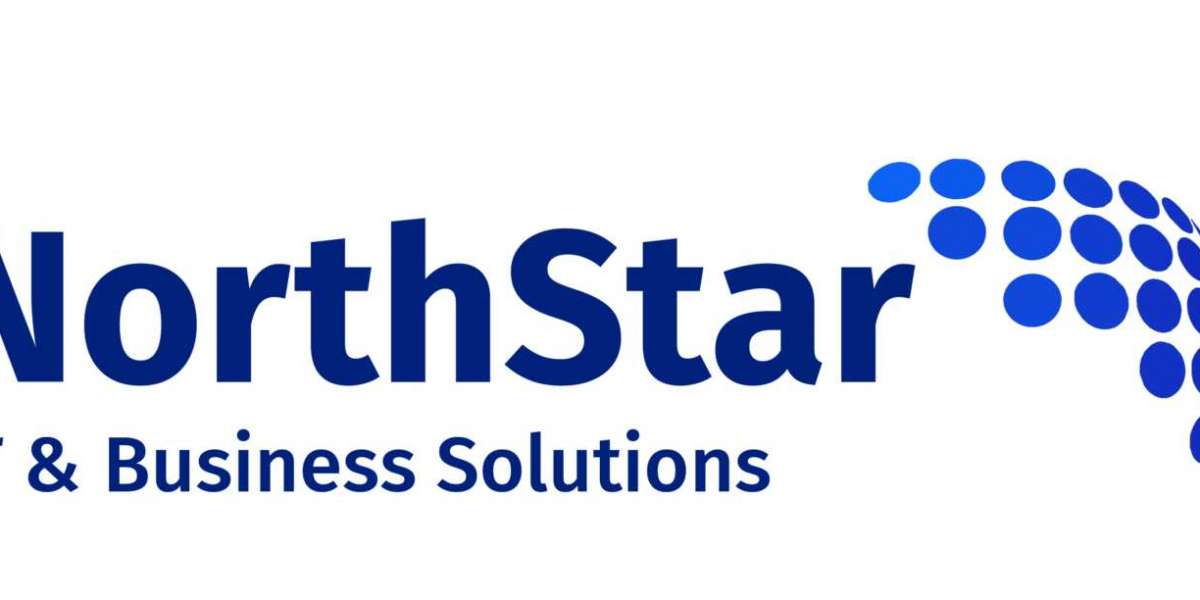Introduction
In the rapidly evolving landscape of technological innovation, safeguarding intellectual property (IP) has become a paramount concern for businesses and creators alike. The rise of blockchain technology has introduced novel solutions to address the challenges associated with IP protection and cost management. This article explores the transformative potential of blockchain in securing tomorrow's innovations today, with a specific focus on blockchain intellectual property protection.
Understanding Intellectual Property Protection
Intellectual property refers to creations of the mind, including inventions, literary and artistic works, designs, symbols, names, and images used in commerce. Effective IP protection is essential for incentivizing innovation, fostering creativity, and ensuring that creators receive fair recognition and compensation for their work. However, traditional methods of IP protection, such as patents, copyrights, and trademarks, are often complex, time-consuming, and costly to enforce.
Challenges in IP Protection
The digital age has amplified the challenges associated with IP protection. The ease of digital replication and distribution has made it increasingly difficult to prevent unauthorized use and infringement of intellectual property rights. Moreover, the global nature of the internet has blurred jurisdictional boundaries, complicating legal recourse for IP violations across different jurisdictions.
In addition to the threat of piracy and infringement, businesses face the risk of counterfeiting, where counterfeit goods are manufactured and sold, often undermining the reputation and revenue of legitimate brands. Counterfeit products not only result in financial losses but also pose significant health and safety risks to consumers.
The Role of Blockchain in IP Protection
Blockchain technology offers a decentralized, immutable, and transparent framework for recording and verifying transactions. By leveraging cryptographic techniques and distributed consensus mechanisms, blockchain enables secure and tamper-proof storage of data, making it an ideal solution for enhancing IP protection.
One of the key features of blockchain technology is its ability to create digital ledgers, or "blocks," that store information in a transparent and verifiable manner. Each block contains a cryptographic hash of the previous block, creating a chronological chain of blocks that cannot be altered retroactively without the consensus of the network participants. This immutability ensures the integrity and authenticity of the data recorded on the blockchain.
Blockchain can revolutionize IP protection in several ways:
Timestamping and Proof of Existence: Blockchain can be used to timestamp digital assets, such as creative works, inventions, and designs, providing irrefutable proof of their existence at a specific point in time. By anchoring IP-related data to the blockchain, creators can establish a secure and immutable record of their intellectual property rights, facilitating easier enforcement and protection against infringement.
Smart Contracts: Smart contracts are self-executing contracts with the terms of the agreement directly written into code. By incorporating smart contracts into blockchain-based IP management systems, creators can automate the enforcement of their intellectual property rights. For example, smart contracts can enable automatic royalty payments to content creators whenever their work is accessed or used, eliminating the need for intermediaries and reducing administrative costs.
Digital Rights Management (DRM): Blockchain-based DRM solutions can provide enhanced security and traceability for digital content, such as music, movies, e-books, and software. By storing ownership rights and usage permissions on the blockchain, content creators can exert greater control over the distribution and consumption of their intellectual property, mitigating the risk of piracy and unauthorized access.
Supply Chain Transparency: Blockchain can be leveraged to enhance supply chain transparency and traceability, particularly in industries prone to counterfeiting, such as luxury goods, pharmaceuticals, and electronics. By recording the provenance of products on the blockchain, manufacturers can verify the authenticity and integrity of their goods, thereby reducing the prevalence of counterfeit products in the market.
Future Outlook and Challenges
While blockchain holds immense promise for revolutionizing IP protection and cost management, several challenges must be addressed to realize its full potential:
Scalability: Blockchain scalability remains a significant hurdle, particularly concerning public blockchains like Ethereum. As the number of transactions on the blockchain increases, scalability issues may arise, leading to congestion and higher transaction fees. Solutions such as layer 2 scaling solutions and blockchain interoperability protocols are being developed to address these scalability challenges.
Regulatory Uncertainty: The regulatory landscape surrounding blockchain and intellectual property rights is still evolving. Clarifying the legal status of blockchain-based IP solutions and establishing clear regulatory frameworks will be crucial for fostering trust and adoption among businesses and creators.
Interoperability: Achieving interoperability between different blockchain networks and platforms is essential for seamless data exchange and collaboration in the realm of IP protection. Standardization efforts and interoperability protocols are underway to facilitate interoperability between disparate blockchain systems.
Privacy and Security: Protecting sensitive intellectual property data while maintaining privacy and security on the blockchain remains a key concern. Advancements in privacy-enhancing technologies, such as zero-knowledge proofs and secure multi-party computation, are essential for addressing these privacy and security challenges effectively.
Conclusion
Blockchain technology holds immense promise for revolutionizing intellectual property protection and cost management. By leveraging blockchain's inherent properties of immutability, transparency, and decentralization, businesses and creators can establish secure and verifiable records of their intellectual property rights, automate contract enforcement, and enhance supply chain transparency. While challenges remain, continued innovation and collaboration within the blockchain ecosystem will pave the way for a more secure and efficient future for IP protection.
In conclusion, securing tomorrow's innovations today requires embracing the transformative potential of blockchain technology in safeguarding intellectual property rights and mitigating the risks associated with piracy, counterfeiting, and unauthorized use. By harnessing blockchain's capabilities, businesses and creators can unlock new opportunities for innovation, collaboration, and value creation in the digital economy.



